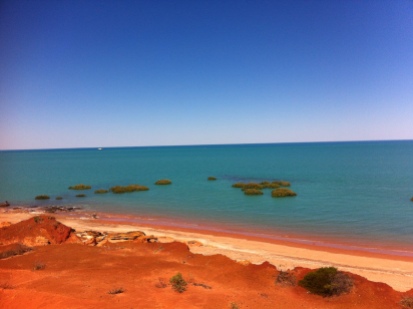Last month I co-authored a paper on “Regional Assessment of the Conservation Status of Snubfin Dolphins in the Kimberley Region, Western Australia”. Published in Frontiers in Marine Science, this has been a real slow-burn project! The team originally started work on this back in 2013, and since then the project expanded in both breadth and complexity! But it was one of those projects that was just a real delight to work on because of the endearing nature of the animals and the lovely group of people involved.

Snubfin dolphins are also locally-known as ‘snub-nosed dolphins’ – and when you look at their wee faces you can see why! They are generally fairly cryptic animals, sitting quite low in the water with relatively small dorsal fin. So easily overlooked if the sea starts to get a bit choppy! They are also a lot less ‘showy’ than some other dolphin species (I’m looking at you bottlenose!), so more likely to quietly disappear than they are to head over to the research vessel and start a cheeky bow-ride. As a result of this and the fact that they exclusively occur in the tropical waters of northern Australia and southern Papua New Guinea (i.e. a very remote location!), scientists still have a lot to learn about their abundance and habitat use. This is a problem when it comes to assessing the conservation status of a species – how do we know if they need help?
This study aimed to address this issue by building the first comprehensive catalogue of snubfin dolphin sightings in the Kimberley, which is thought to be one of their key areas. One of the cool and unique things about this research was that it collated sightings from multiple sources, such as citizen science initiatives, government archives, online repositories, and scientific publications, as well as dedicated research surveys with local Indigenous communities and Ranger groups. This resulted in over 1,500 sightings across a 17-year period. Sightings were mapped to highlight potential hotspots, link detections with particular environmental features, and identify potentially-suitable habitats.

We found that snunfin dolphins occur in shallow, inshore habitats that are in the vicinity of freshwater outflows. This supports observations by previous researchers. Worryingly, this brings snubfins into close contact with human threats, such as gillnet fisheries, shark control nets, vessel traffic, noise and chemical pollution, and much else.
Finally, we compared these findings with the criteria used by the International Union for the Conservation of Nature (IUCN) for defining whether a species is high priority for conservation. Our results suggest that snubfin dolphins are likely ‘Vulnerable’ at a regional scale – i.e. facing a high risk of extinction in the wild. This emphasises the importance of continuing to monitor these dolphins, as well as demonstrating the value of utilising many different sources of sightings data for a difficult-to-study species.
Apart from the opportunity to work with some dear friends, this project was also important because it actively incorporated the expertise of several Indigenous Ranger groups. Going forwards, these groups will play a crucial role as land managers in local conservation efforts.















 As well as working on my PhD, I’m also lucky enough to be involved in other projects at the
As well as working on my PhD, I’m also lucky enough to be involved in other projects at the 